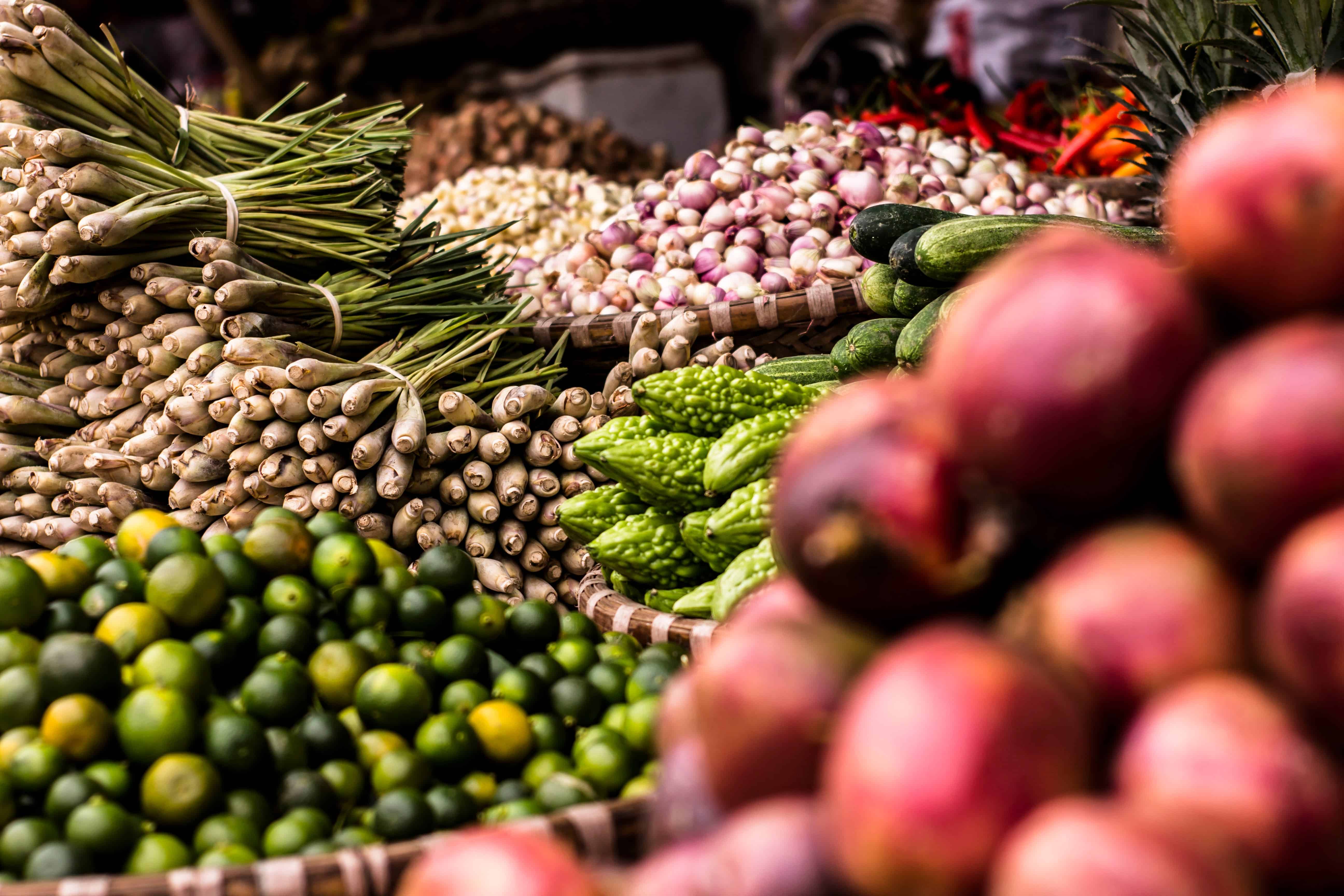Our stone-age ancestors probably ate a lot of veggies too, researchers have found by examining a site in Israel. Not only this, but they had a lot more diverse diet than we do today.
The role of meat in ancient human diets usually plays a large part in discussions on the subject for a very simple reason — the bones of butchered animals, along with the tool marks left on them, tend to preserve really well for archaeologists to find. Plant matter usually rots away pretty fast. And there’s also probably a cool factor involved. Stone-age men taking up huge prey with stone-tipped spears is awesome — something that gathering doesn’t evoke. Plants you can just kinda…pick up from the ground.
Still, be it due to lack of evidence or wow-factor, this leaves the role of veggies underrepresented in our understanding of what they ate. It also skews Paleo-diet cookbooks towards meats. But recent archaeological work at the Gesher Benot Ya’aqov site in northern Israel has provided the first glimpse into what kind of plants our ancestors had for breakfast, lunch, and dinner, along with animal-sourced food.
The site was inhabited some 780,000 years ago, probably by Homo erectus or a close relative. Waterlogging at the site helped preserve the foods, both plants as well as meat. Their diets were more diverse than what we eat today and included stuff you’d be hard-pressed to call “food”, such as roasted acorns or sedges.
Everything — it’s what’s for dinner
Yoel Melamed and Naama Goren-Inbar at Bar-Ilan University in Ramat Gan, Israel, and their colleagues have cataloged all the plant remains from the site during times where there was evidence of human activity. They then compared the remains from times where there is no trace of humans, to see what was indigenous and which plants were deliberately brought to the camp from the surrounding area.
They found that while you couldn’t be persuaded to eat your veggies on pain of death, our ancestors had no such qualms. Some 55 different kinds of plants were found at the site. These were eaten as vegetables or harvested for nuts, fruits, seeds, and roots. That’s a range of foodstuffs that’s enviable even today.
“The modern human diet is clearly restricted when compared to the [early] hominin diet or even to the early farmers’ diet,” says Goren-Inbar.
For example, evidence points to the consumption of the starchy white seeds of Euryale ferox, a type of water lily which probably grew in clumps. Bulrushes were also probably harvested for their starchy rhizomes. Thistle seeds were probably gathered seasonally as they’re a good source of oils. Later in the year, roasted acorns would come on the menu, as they’re an excellent source of starch — although wild boars and rodents were also snatching them up. Water chestnuts were also gathered as well as olives — which remain a core ingredient of the Mediterranean diet even today.
It’s not really surprising if you think about it. Early humans were hunter-gatherers, so they probably ate whatever they could find throughout the year — and you don’t want to pass on any meal in the wild. Earlier work at the site also revealed that this resourcefulness also shone through when eating the animals they hunted, such as consuming elephant brain.
“It gives one a substantial element of security when particular sources become rare or absent,” Goren-Inbar added.
Still, while the work has shown us what plants they ate, it doesn’t help us determine the ratios of what they ate. There was likely no set balance between meat and plant, as our opportunistic ancestors ate whatever has available at the time. But obtaining meat is more calorie and time intensive than harvesting plants. Humans also need plant-derived nutrients supplemented by relatively little meat and fat to survive. So the people here were likely predominantly vegetarians. Not strictly vegetarian, but the wide array of plants found at the site suggest that they were a major part of human diet even before agriculture.
The site also shows some of the earliest traces of controlled fire use and of tools to process foods before cooking. Coupled with the knowledge of which plants were available by season, this could have allowed the hominids to inhabit the same site all year round.
The full paper “The plant component of an Acheulian diet at Gesher Benot Ya‘aqov, Israel” has been published in the journal PNAS.










